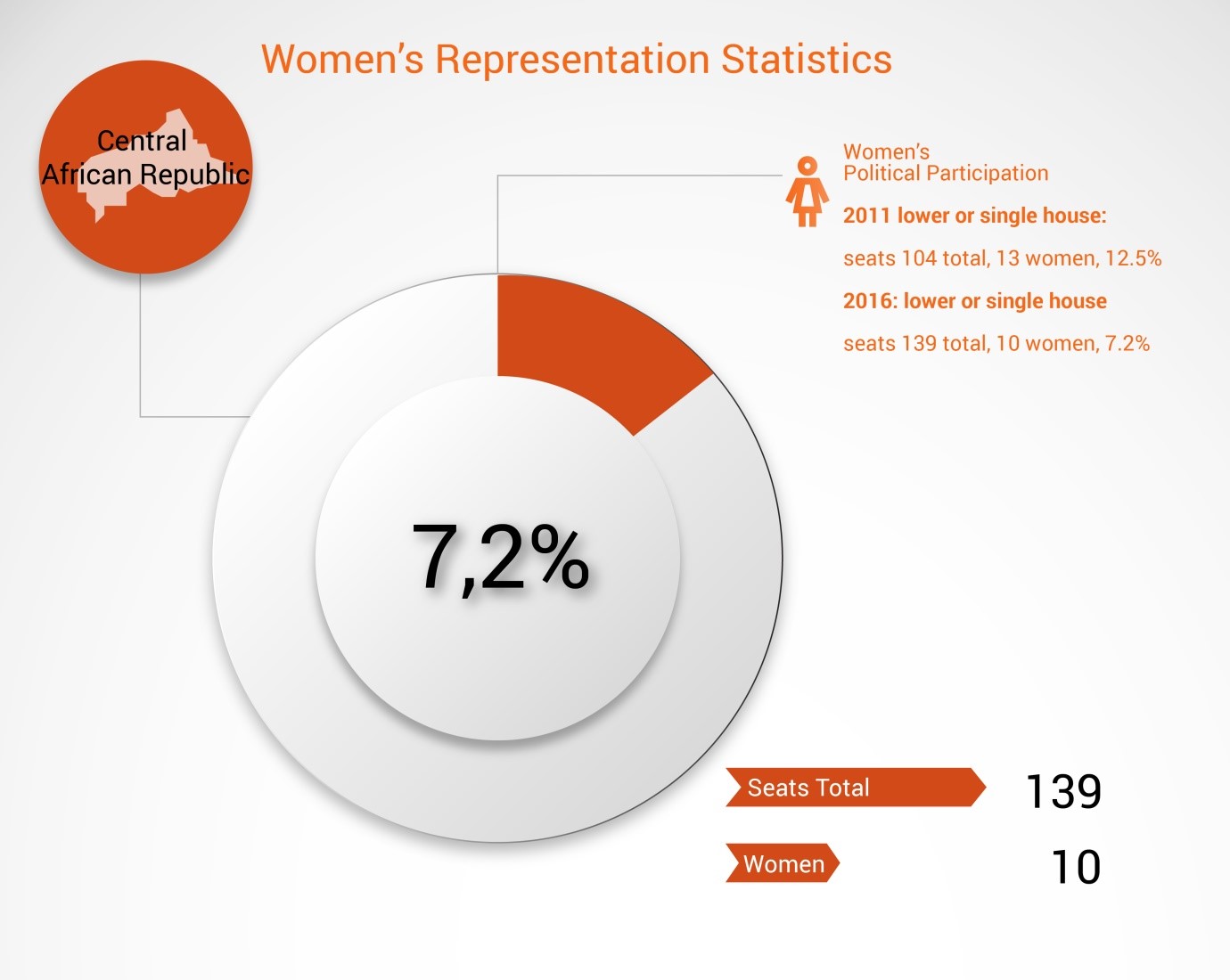2016 Elections Monitoring
Elections in the Central African Republic were held on the 14th of February to elect a President and members of the National Assembly.According to the Inter-Parliamentary Union, Central African Republic is a semi-presidential republic, where the President serves as the Head of State and the Prime Minister as Head of Government. The President is elected for a six-year term, and the Prime Minister is appointed by the President. As of 2016, the unicameral National Assembly has 140 members, who are elected for a five-year term using the two-round system.
The parliamentary and presidential elections initially took place on 30 December, but several candidates claimed that the elections were rigged. Then, parliamentary elections were held on 14 February 2016 in parallel with the run-off presidential elections. Delays in the announcement of the first round results led to the run-off parliamentary elections to be held on 31 March.
Until the elections of February 2016, the country was governed by an interim government under Catherine Samba-Panza (country’s first woman President), serving as Interim President and André Nzapayeké serving as Interim Prime Minister. The interim government had to face the challenges presented by the sectarian violence which was spread in the country as well as the efficient organisation of the elections which were continuously postponed due to the poor security conditions. In addition, the government was in charge with the delicate mission of holding a Constitutional Referendum, which was held on 13-14 December 2015 and has been approved by 93% of the voters with a 38% turnout, although violence has marred the balloting. The new Constitution limits the president power to only two terms and expands the power of the National Assembly.After the results were declared, Faustin-Archange Touadera, a former prime minister, was declared the winner of the presidential election. According to the Inter-Parliamentary Union, out of the 139 (+1 statutory) members of the assembly, only 10 were women, comprising about 7.2% of the total number of member seats.
Women's Political Participation
With regards to women as political actors in the 2016 election, Former Humanitarian Action Minister Regina Konzi-Mongot was the only female candidate. She advocated for urgent post-conflict change in the country, and to fight insecurity trough the full restoration of state authority. She supported a major reform of the administrative system, with a particular focus on public finances and a fair redistribution of wealth. With this, she hoped to prioritise the issue of ‘gender’, reform the education and national health system, reform the judiciary, the agricultural system, as well as the national infrastructure. The Constitution of the Central African Republic has no provision for gender quotas to advance the representation of women in politics. Despite the fact that article 61 of the Constitution enshrines the representation of women in decision making institutions and Article 74 requires that at least three out of the nine members of the Constitutional Court have to be female, in practice, women have been poorly represented in the public sphere. It should be mentioned that during the transitional government led by Catherine Samba-Panza in the National Cabinet, 8 out of 32 cabinet members (25%) were women. As per the highest court, there were 10 women out of 26 judges in both the Transitional Constitutional Court and the Supreme Court.
The crisis that engulfed the Central African Republic in the end of 2012 resulted in the perpetration of gross human rights violations. Particularly, there is a traditional practice whereby the family of a deceased husband evicts his widow and in some cases also their children from the marital home. This practice has severe implications for the many displaced women who have lost their husbands during the conflict and subsequently lose their homes and land. It is obvious that Central African women are the main victims of difficulties experienced in the country. The gender inequality is striking: the lack of
access to health services, educational and social base is a daily reality for the majority of Central African women. Feminised poverty and violence against women is widespread throughout the country. The marginalization of women and minority groups limits their ability to voice their needs in society, at both family and nationallevel.
Conclusion
Major changes need to be brought in the national legislatures and the Constitution, granting women their rights. The introduction of gender quotas for a fair representation in elections must be one of the first steps towards gender equity in the country. During a post-conflict era, the Central African Republic must strive to counter major challenges over the next decade, such as the reduction of poverty, consolidation of respect for human rights, elimination of discrimination and violence against women and girls, and securing changes in social attitude.

